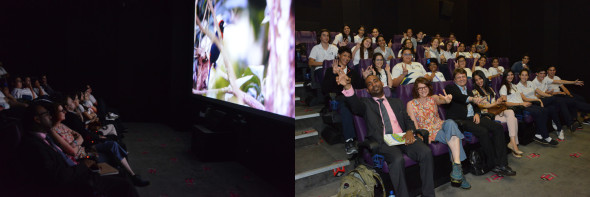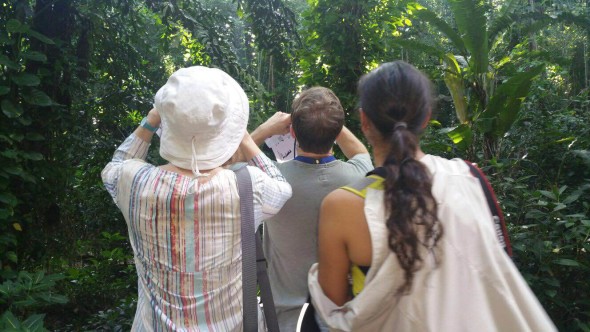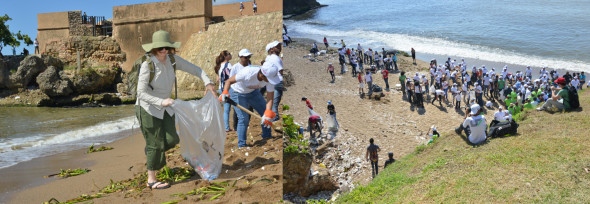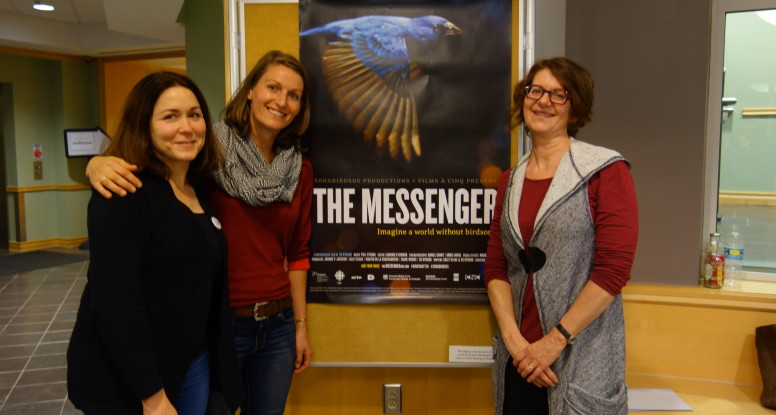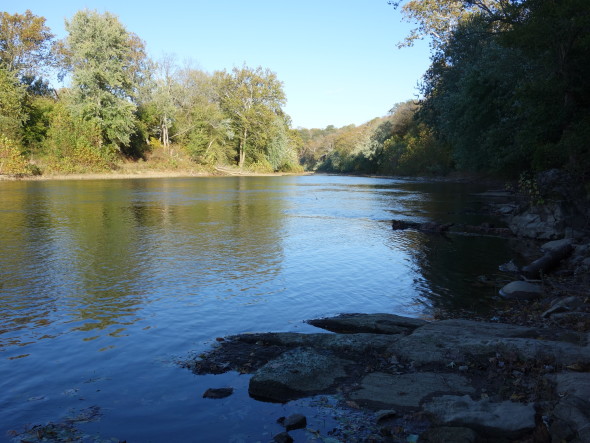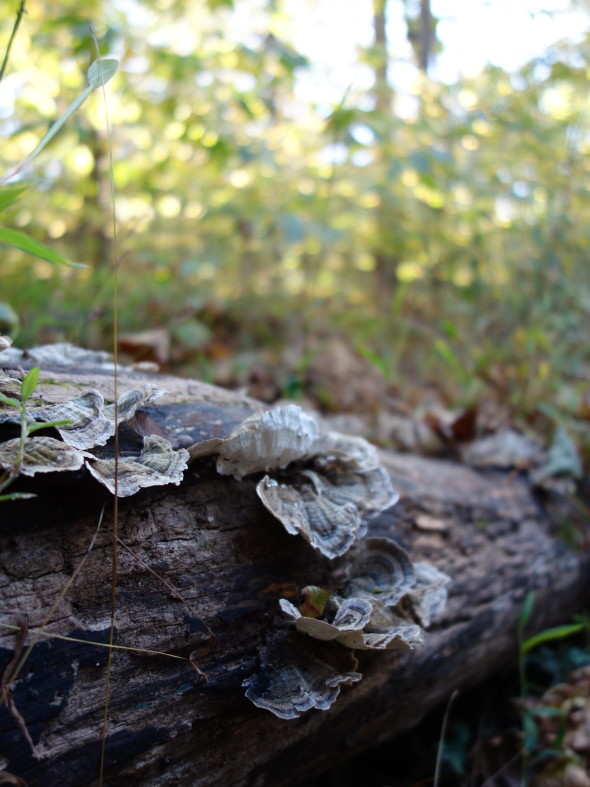“We have won our battle against Ortolan Bunting trapping and the phenomenon is basically wiped out from Les Landes.”
THE MESSENGER took audiences into the fields of Les Landes, in south-west West France, to witness the illegal hunting of Ortolan Bunting, a practise that was decimating local populations. Now, the Ortolan Bunting will finally be off the menu in France! No other European songbird has declined as rapidly in recent years, with an overall decline of 84% since 1980 due to poaching and intensive agriculture – this, despite hunting of the species being forbidden by French law since 1999 when it became a protected species. Because the Ortolan dish is considered a cultural tradition, authorities had often turned a blind eye to the activities of poachers.
For the past 10 years, LPO (League for the Protection of the Oiseaux) the BirdLife International partner in France has been fighting this illegal practice on the ground, and also in the air, where alongside CABS (Committee Against Bird Slaughter), they have been identifying trapping sites and releasing the birds, before alerting the authorities. Until recently, these interventions were the only way to identify and prosecute the poachers, who operated with the blessing of local elected officials and hunting officials, and who claimed that the state “tolerated” these practices. Indeed the authorities wouldn’t file charges for installations of 30 traps or less. More on the practise and new developments in this article from Bird Life International.
The French Ministry of the Environment requested guidelines to study the Ortolans on a continental scale.
Frédéric Jiguet from Museum National D’Histoire Naturelle in Paris, (featured in The Messenger) partnered with other scientists from more than 12 countries across EU to conduct the study. He also worked in partnership with ONCFS (French Hunting & Wildlife National Office).
Frédéric Jiguet and his colleagues research work helped convince French Ecology Minister, Nicolas Hulot, to call for a definitive end to the hunting. This was followed up in the field with a high pressure from the police this past fall, so there are now very few poachers.
The main conclusions are that the numbers migrating by south-west France are estimated on average only 81,000 pairs (300,000 individuals including juveniles), with a recent decline estimated between -20% and -30%, while the overall trend of birds using the western flyway, or the eastern flyway, is a decline of lower amplitude estimated between -10% and -20%. The birds flying by south-west come mainly from Poland (probably 75%), the others coming mainly from Germany and Sweden, and also from Norway (where there are only astonishingly only 10 breeding pairs left) – so almost only from EU countries. The first pages of the report are a summary of overall results, then detailed parts on each techniques. (genetics, isotopes, geolocators). (see links below)
Andrea Rutigilano, an on-the ground warrior for CABS also featured in the film says, “We have won our battle against Ortolan Bunting trapping and the phenomenon is basically wiped out from Les Landes.”
Frédéric JIGUET sent us the links to this comprehensive research study about the Ortolan Bunting.
You can download the full Ortolan Bunting report in English at this link.
The report is also available in French here.

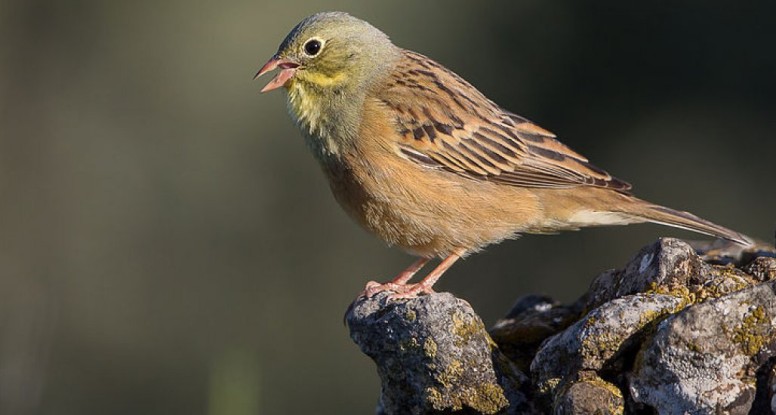
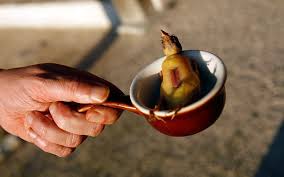
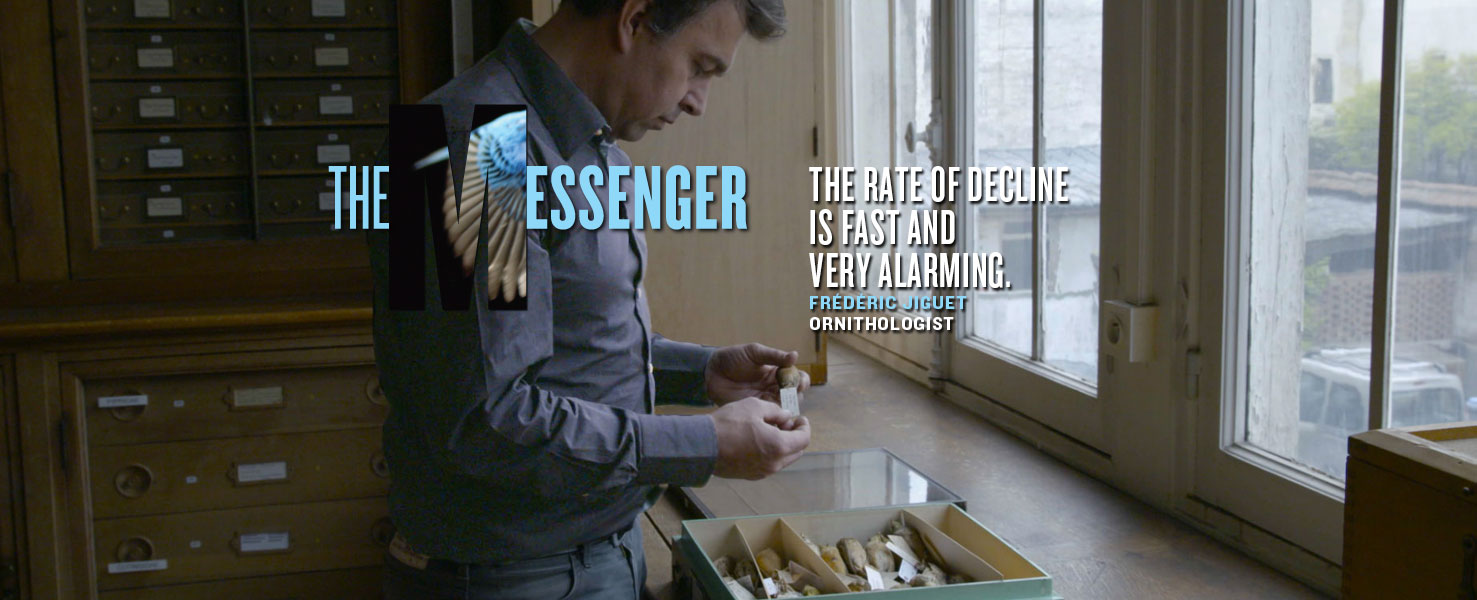
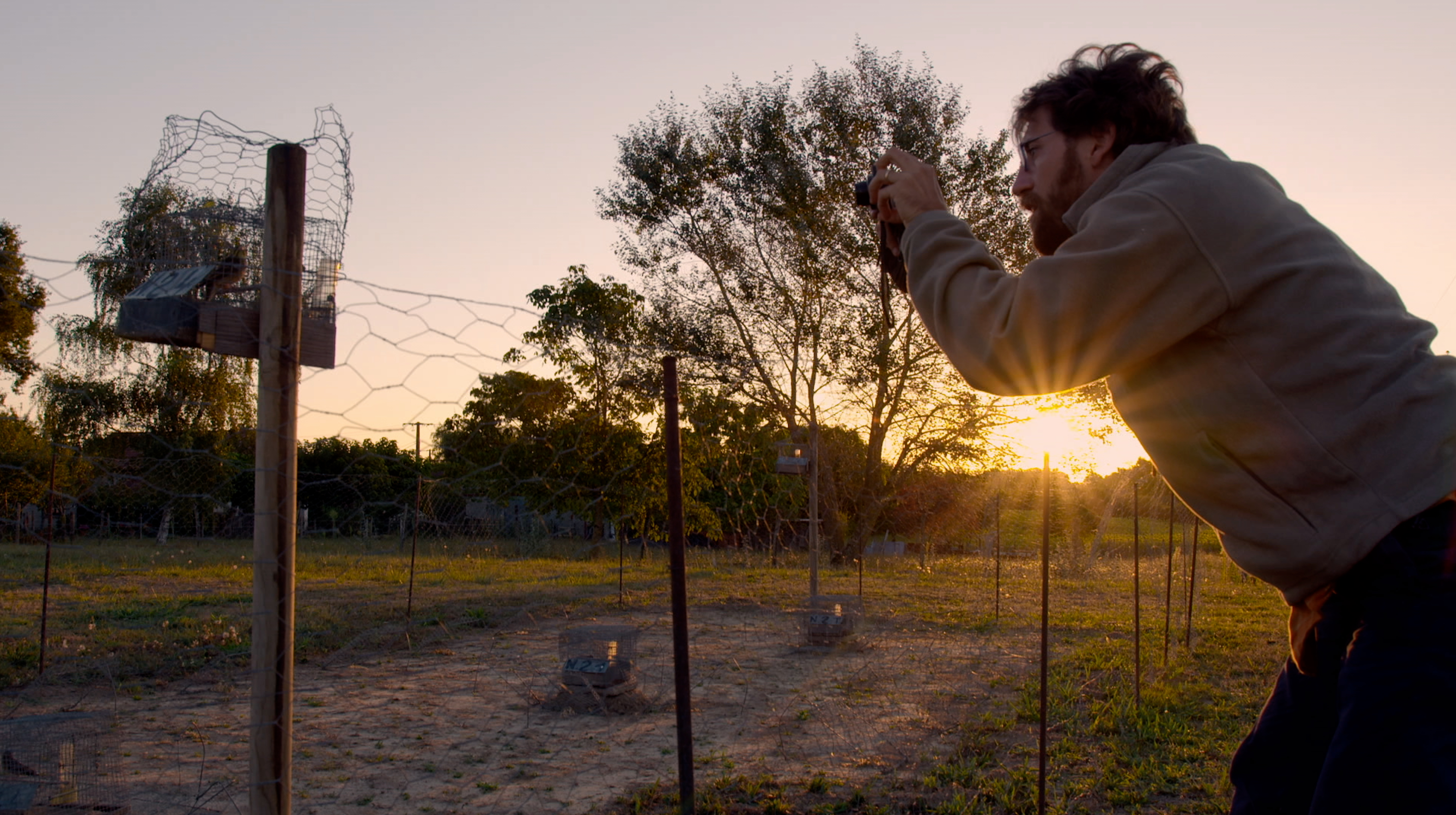
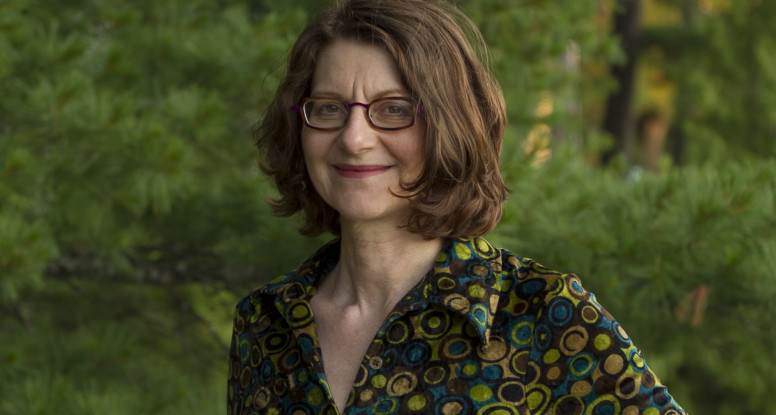
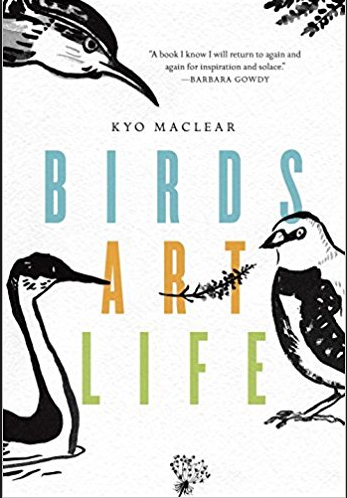
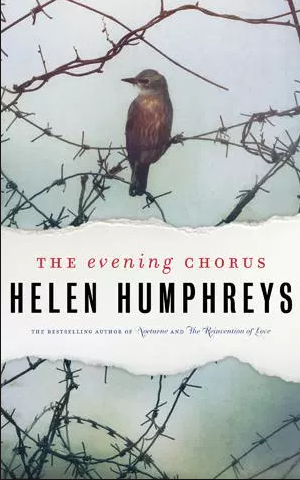
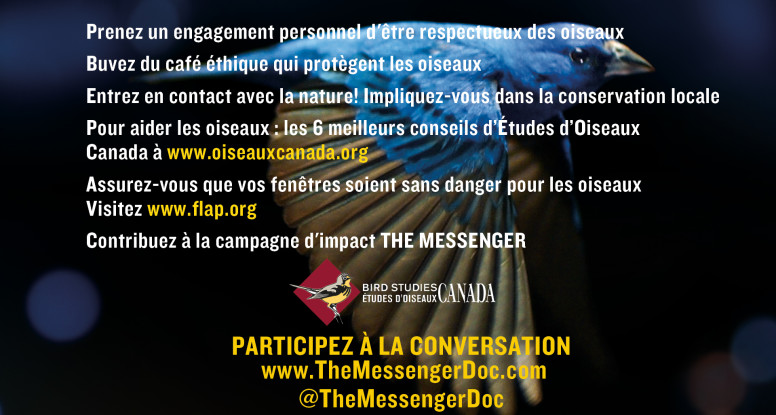
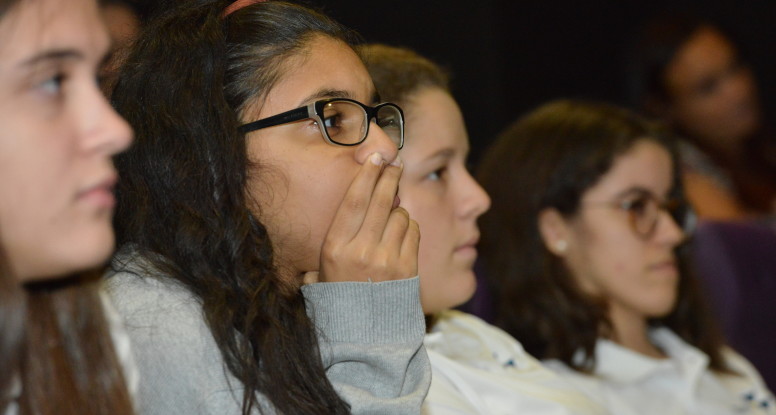
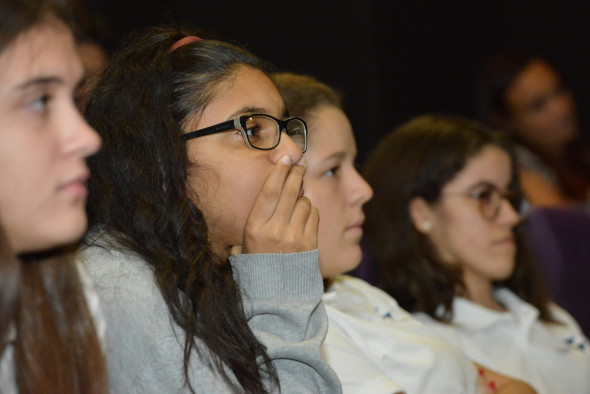 They do this by connecting the film a dedicated audience. The Messenger was paired with several high school groups and screened at different locations in Santo Domingo. Teachers had prepared the students for the screening (including assignments) so they were very attentive! Filmmakers accompanied their films into the classroom, engaging in lively Q&A’s. It’s great to see environmental films reaching these younger audiences and to see these audiences connecting with the material.
They do this by connecting the film a dedicated audience. The Messenger was paired with several high school groups and screened at different locations in Santo Domingo. Teachers had prepared the students for the screening (including assignments) so they were very attentive! Filmmakers accompanied their films into the classroom, engaging in lively Q&A’s. It’s great to see environmental films reaching these younger audiences and to see these audiences connecting with the material.